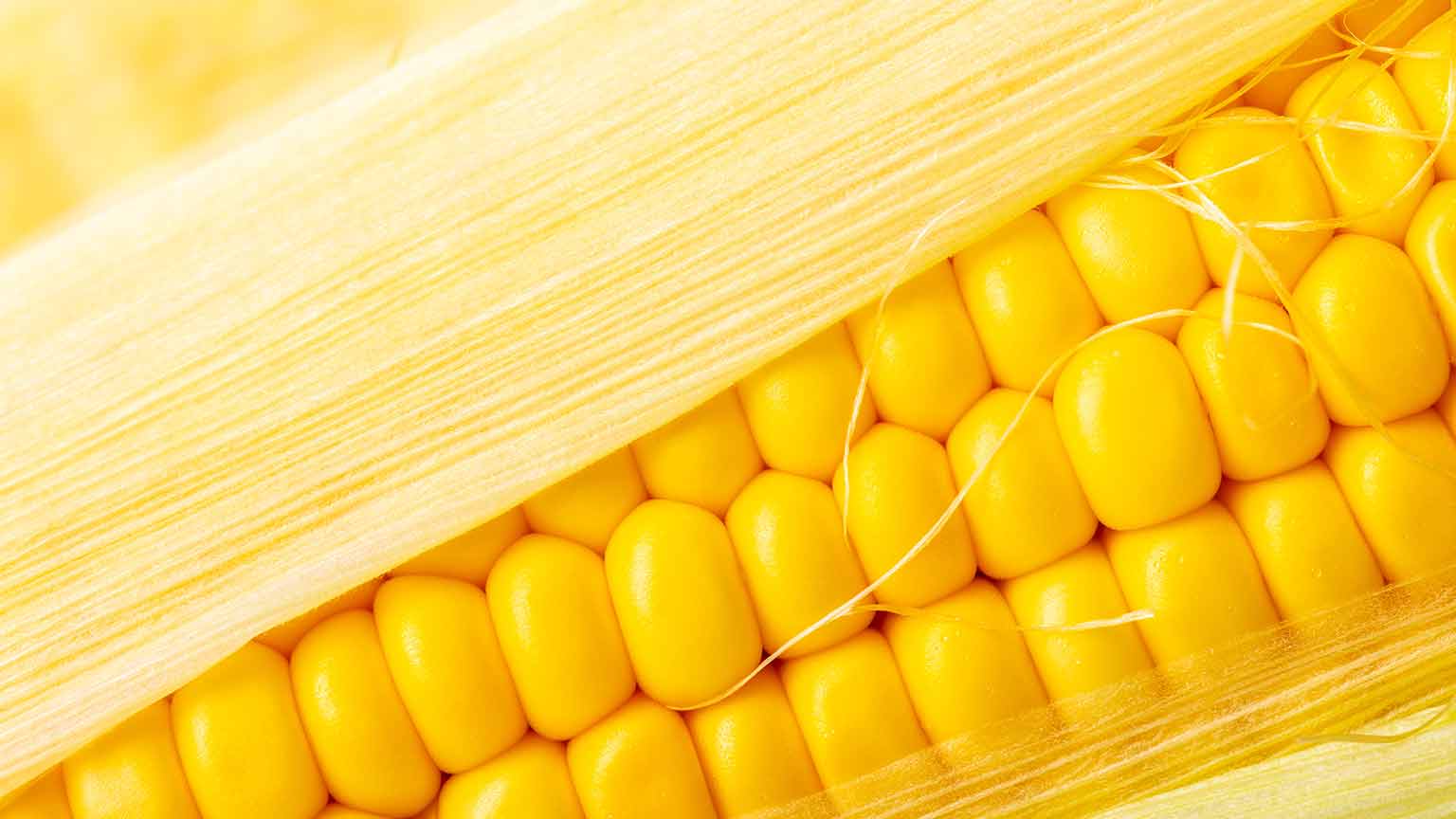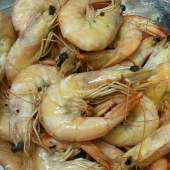Corn

As you have probably heard, Native American Heritage Month is coming up, not to mention Thanksgiving, and if there is one thing for which we ought to give thanks, it’s that highly versatile food that America’s indigenous peoples generously shared with our newly arrived European ancestors: corn. They were the first to cultivate it, and without them, we wouldn’t have bourbon, cornbread, corn chowder, corn cereal, corn and tortilla chips, corn syrup, various kinds of baby food, margarine, mayonnaise, salad dressing, soft drinks (with corn sweeteners), corn oil, popcorn, and polenta, not to mention animal feeds and the numerous non-edible industrial products in which corn is a central ingredient.
Corn (whose name comes from the Old Norse word “korn” which means “grain”) has been in existence for thousands of years. Once it arrived in the United States from its place of origin in Central America, it was known as “Indian corn,” which we use today as a customary — and colorful — decoration to signify autumn. Later, once corn became ubiquitous, the “Indian” was dropped. Even in the early days, corn was a valuable commodity, used for all kinds of purposes — in foods, as decoration, and even as currency.
Once the American Revolution ended and the colonists began to migrate to other parts of the country, Northerners and Southerners discovered that they grew different varieties of corn — eventually, their Northern Flint and Southern Dent varieties melded to form Corn Belt Dent, which is the base of most of the corn cultivated in the U.S. today in, well, the Corn Belt. Today, the U.S. supplies approximately 40 percent of the world’s corn supply, and it’s grown across all continents except Antarctica. You aren’t likely to find corn growing in the wild, either, as it is a domesticated crop.
Did you know that corn is a whole grain? Technically, it’s a grass rich with carbohydrates, so we need to monitor our intake as we do with most starches. But corn contains almost no fat, and is rich in B vitamins and carotenoids, vitamin C, and minerals such as magnesium. It’s also an excellent way to sneak fiber into our diets. So eat up, but watch the calories.
What else should we know about corn?
- During the Civil War, Southerners were known to use parched corn as a substitute for coffee. We’re guessing there wasn’t much of a caffeine buzz involved.
- On average, each ear of corn has an even number of rows (usually 16) that contain, all told, about 800 kernels. Prior to the plant’s domestication, corncobs were much smaller — about the size of your thumb.
- To determine the freshness of the corn at your market, it’s best to peel back a bit of the husk (if you can get away with it), and feel the kernels for plumpness.
- During your grandparents’ day, corn had to be consumed within a few hours after picking — otherwise, its sugars would convert to starch. Modern hybrids have made that limitation a thing of the past. You should still store it in the refrigerator with the husk on, which will keep it moist. It should keep for five days or thereabouts.
- As anyone familiar with true Indian corn knows, corn is not just yellow, but also comes in other colors, including red, green, white, blue-gray, a dull black, and purple.
- The National Corn Growers Association has an educational mascot: it’s Captain Cornelius, whose mission is to extol the virtues of corn to schoolchildren everywhere. Another kids’ character, Corny the Corn, made a few brief appearances on Sesame Street. His specialty, as you might guess, was making painfully “corny” puns.
- There are many corn festivals around the country — a notable one is at the Corn Palace in Mitchell, South Dakota. Founded in 1892, the Corn Palace holds its corn festival annually in August (there’s even a 24/7 Corn Cam). However, Corn festivals are certainly not confined to the U.S.; the Atherton, Australia Maize Festival has been going strong for more than 50 years, and if you happen to be in The Land Down Under during the festivities, you can take part in their hotly contested corn husking competition and meet the Maize Queen.
- Another corn-related fall activity you won’t want to miss: tackling a corn maze! Richardson Adventure Farm in Spring Grove, Illinois (just south of the Wisconsin border, west of Antioch) claims its four mazes compose the world's largest, and this year’s theme is the Illinois Bicentennial (check out the impressive aerial view). If can manage almost 10 miles of paths through 28 acres of corn, and want to pick your own pumpkins, too, this place is for you.
Corn — husk it, shuck it, peel it, boil it, add it to recipes, decorate with it, get lost in it, eat it — it’s a-maize-ing!





